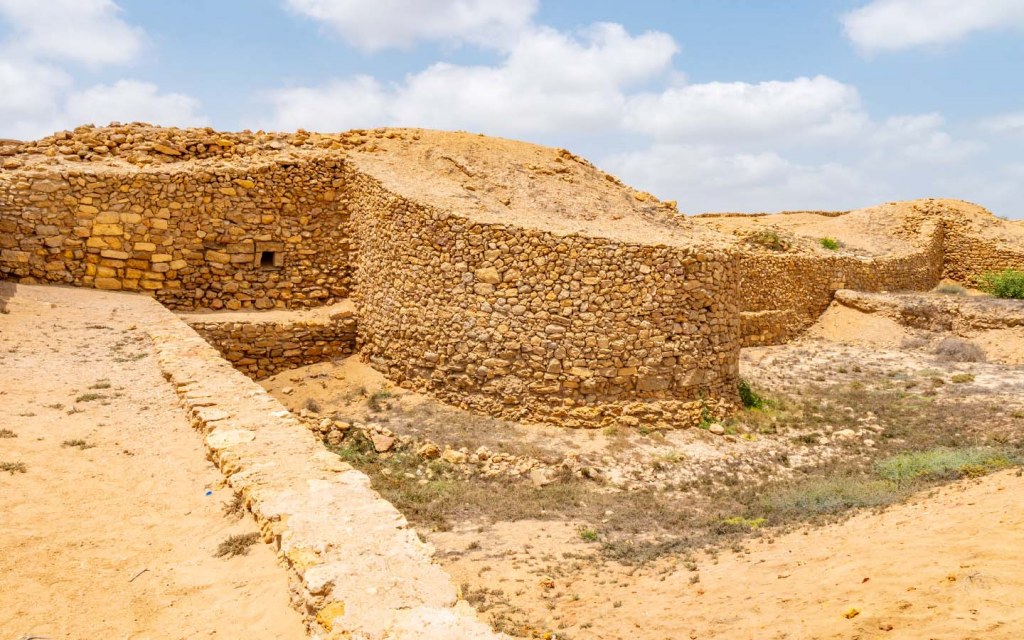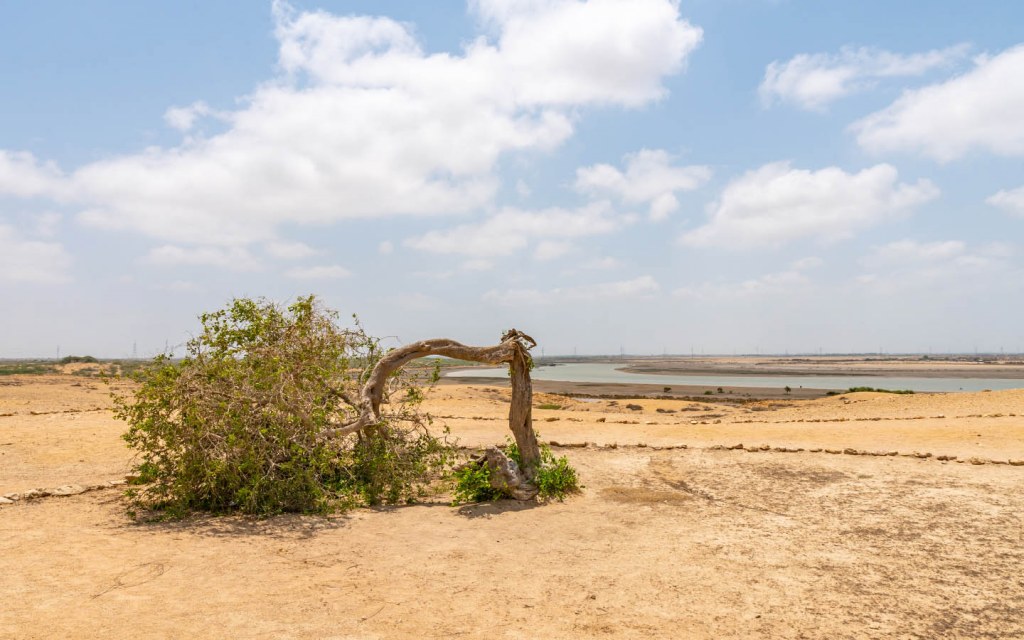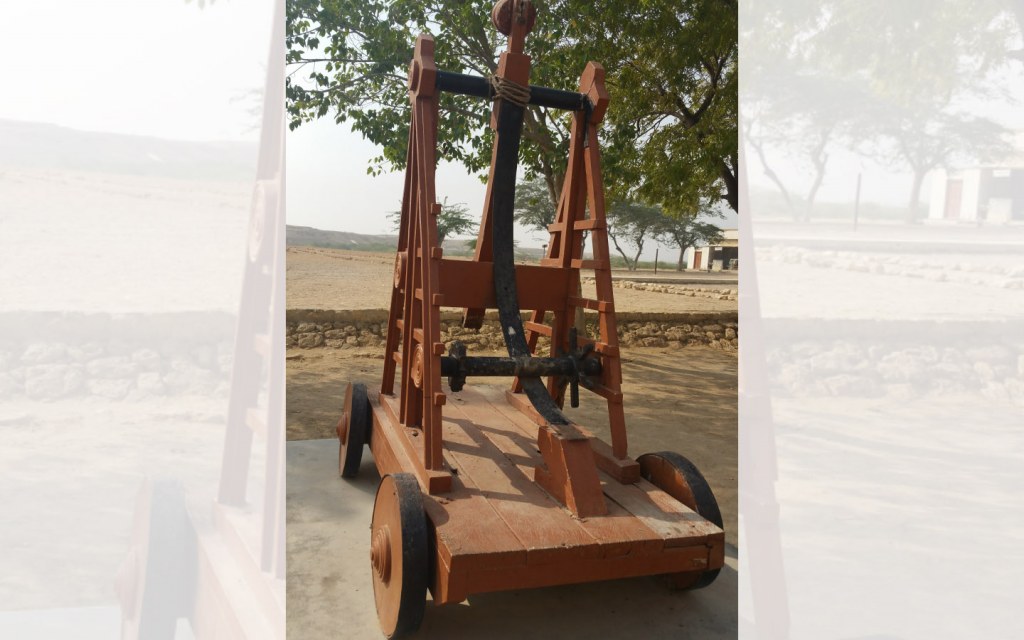In This Post:
History of Bhanbhore, Sindh
Location of Bhanbhore, Sindh
Activities at Bhanbhore, Sindh
You’ll find Bhanbhore, Sindh, nearly 65 kilometres east of Karachi, on the northern bank of Gharo Creek. Much of the core structure of the ancient city has been lost to time and, of course, erosion. However, it still remains one of the most well-preserved archeological sites in the region. Bhanbhore holds immense importance not only in the history of Sindh but also Islam. That’s why it’s one of the most popular tourist destinations in Pakistan. So, if you are a history buff living in Karachi, or visiting the city, make sure to visit Bhanbhore.
In this blog, we’ll shed light on the history of this archaeological site, its location and what it offers visitors.
Let’s get exploring!
History of Bhanbhore, Sindh

Sindh is known as “Bab-ul-Islam,” which means the “gateway of Islam”. The importance of Bhanbhore (often spelled as Bhambhore) in making Sindh, a gateway of Islam in South Asia, can’t be emphasized enough. According to some historians, Bhanbhore is Debal or Daybul, another ancient city, where the Arab commander Muhammad bin Qasim defeated Raja Dahir and conquered Sindh, marking the advent of Islam in the sub-contient.
However, many believe the history of Bhanbhore predates Islam. According to archaeologists, the city dates to the first century BC. It is the region’s best-preserved medieval port, often referred to as ‘Debal Port.’ Of course the port isn’t functional now, but its magnificence has truly stood the test of time.
Furthermore, if we look into the details of the layout of the port, we see that it comprises several intelligently designed zones. It’s a 10-metre high mound standing near the shore of Gharo Creek. This mound is further connected to a 3-metre wide wall with 46 rounded bastions and 3 gates. There’s an interior wall that divides the mound into two sectors. There are several divisions within these sectors and the largest one has been identified as a mosque.
Archaeologists have also discovered some carved stones from the site that resemble Hindu Gods. This suggests that the ancient city was diverse, home to different cultures and religions.
Also believed to be the “city of two lovers” – Sasui and Punho – Bhabhore also has an element of folklore associated with it. Now that you’re familiar with the historical importance of this city, let’s take a look at the location of Bhanbhore, Sindh.
Location of Bhanbhore, Sindh

Located on the coast of Debal Beach, Bhanbhore is nearly 16 km away from Sunway Lagoon, one of the best waterparks in Karachi. Sindh Coastal Highway runs south-east of Bhanbhore; north-east of this site, National Highway (N-5) leads toward Karachi. From the city centre of the metropolis, it takes about two hours to get to Bhanbhore.
Bhanbhore is also close to two must-visit islands near Karachi. So, if you’re on your way to explore this city, why not drop by Khiprianwala Island and Twin Islands as well.
Since the roads leading to this ancient site in Sindh are well paved, you’ll not have any trouble in covering the distance even if you’re driving your own car. While some adventurers take their journey to the next level by using heavy motorbikes, you can travel on a budget and make use of public buses (AC & NON-AC) that shuttle to and from Thatta, all day long.
Things to do at Bhanbhore, Sindh

The ancient city of Bhanbhore is probably the first name that comes to mind when talking about road trips in Sindh. Surrounded by majestic ruins of an old civilisation, the city makes you instantly fall in love with the golden sand and the clear sky.
Beautiful deposits of pebbles and gravel along Debul Beach complement the historic grandeur of Bhmabhore. This coastline meets Port Qasim at a later point. It is a perfect spot to spend a weekend away from the hustle and bustle of city life, with your loved ones.
If you’re a resident of Karachi, you can plan a one-day road trip with your friends and include Bhanbhore, Haleji Lake, Shah Jahan Masjid, Makli, and Keenjhar on your list of places to visit in Sindh.
Bhanbhore also features an archaeological site and a museum, both of which are open to the public throughout the week. Visitor timings vary from summer to winter. More details are mentioned below:
Summer Timings: Summer starts from April 1 and ends on September 30. Visitors can visit anywhere between 7:30 AM to 5:30 PM.
Winter Timings: Winter schedule applies from October 1 to March 31. Visitors can visit the archaeological site and museum at Bhanbhore anywhere between 8:30 AM to 5:30 PM.
Free entry is granted to groups of students. Regular visitors can purchase tickets from the booking office at the entrance of the museum. Prices have been mentioned below:
Adult: PKR 20/-
Children: PKR 10/-
Foreigner: PKR 300/-
People who visit the site usually prefer to stay a few hours and carry on their journey to Keenjhar Lake. However, if you want to spend a night at Bhanbhore, you can rent a room at Bhanbhore Rest House. This establishment has recently been renovated. Please note the rest house can accommodate only four people at a time. Here are some additional details if you’re planning to stay at Bhanbhore Rest House:
Double Room (for 24 hours): PKR 1500/-
Single Room (for 24 hours): PKR 1000/-
You can also rent a room for a short stay, lasting for 6 hours, and pay half of the above-mentioned charges. If you’re running on a budget, pack a picnic blanket, some food and water bottles before and rest for a few hours wherever you can find shade.
Since the temperature in summer can rise up to 45 Celsius, the best time to visit Bhanbhore, Sindh, is winter.
Moreover, compared to other cities in interior Sindh, Bhanbhore is a small area. There aren’t any major fast-food restaurants or hotels operating in the area. It is best to explore the site on foot rather than in a car. Remember that It is our responsibility to help keep our environment clean. And when it comes to ancient sites like Bhanbhore, one needs to be extra careful. Avoid writing on the ruins; and, please, don’t throw litter.
Don’t forget to subscribe to Zameen Blog by entering your email address in the box at the right side of your screen. If you have already explored this ancient site in Sindh, share your experience with us at blog@zameen.com. Also, make sure to like our Facebook page.



